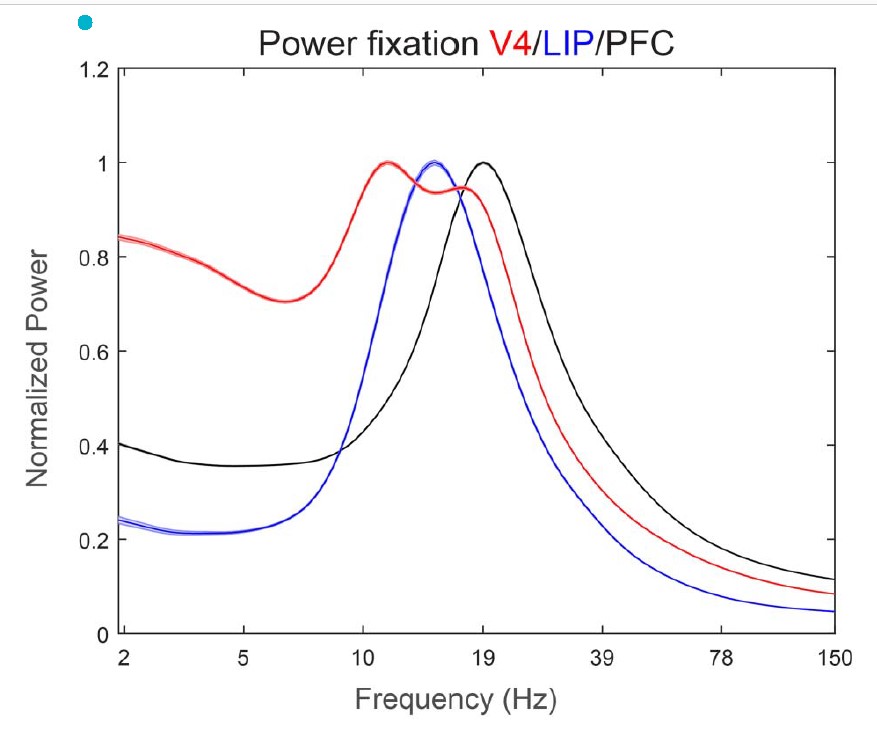
For more than a century after their discovery, neuroscientists largely dismissed the coordinated rhythmic activity of neurons as a byproduct of the brain’s operation, rather than as a causal contributor to cognition. Earl K. Miller’s lab has produced numerous studies showing that brain rhythms, or brain waves, play a central role in how the cortex processes information and gives us volitional control over our thoughts. The circuits neurons form are not completely static, but don’t necessarily change at the pace of thought. Still, information flow can be guided among the circuit pathways available at a given moment by the interplay of brain rhythms carrying different kinds of information, Miller’s lab has shown.
In 2007 a seminal study in his lab demonstrated that “bottom up” sensory signals (e.g. “the eyes see a triangle”) are transmitted via higher frequency “gamma” rhythms while “top down” signals (e.g. “we care about circles”) were encoded within lower-frequency “beta” waves. The initial study concerned the role of these rhythms in executive control of visual attention. But Miller has since shown a similar interplay plays out in other cognitive functions. This includes working memory, in which we decide what information to hold in mind and automatic predictions about what the brain expects to see. This allows us to filter out the mundane and focus on what’s novel.

The Miller Lab’s work has shown that bursts of top-down beta waves from deep layers of the cortex typically govern when gamma waves can flow in more superficial cortical layers. His lab has also shown that as information moves from more basic sensory areas of the cortex to regions more responsible for abstract reasoning, the peak frequencies in each band (beta vs. gamma) increase, suggesting that these frequency differences help to sculpt the flow of information processing.
Importantly, disorders such as schizophrenia and autism involve opposite aberrations in these rhythms. In autism beta is lacking, undermining the ability to predictively filter out mundane sensory information. In schizophrenia, beta is too dominant, leading to a reduced ability to keep in touch with the real world via sensory information. Miller’s lab has investigating whether interventions can help restore a proper balance.

